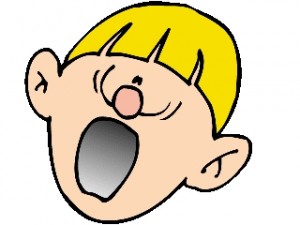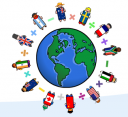Year 1 maths vocabulary list from mathsblog.co.uk
 The final list of vocabulary that children in year 1 are expected to become familiar with is to do with position and general instructions. Earlier sets of words can be found in the reception worksheet section of the site.
The final list of vocabulary that children in year 1 are expected to become familiar with is to do with position and general instructions. Earlier sets of words can be found in the reception worksheet section of the site.
Words to do with position are:
underneath centre journey
whole turn half turn
There are also a number of instructions that children are expected to be familiar with, including:
listen remember point to arrange rearrange
separate carry on choose collect describe
explain record complete finish
(Taken from Mathematical Vocabulary Book DfEE)
The attached pdf has this vocabulary written large to cut out and use as flash cards/display etc.





 Here is a worksheet which looks at multiplying a 2-digit number by 2. It uses a method taught in school prior to children using the standard written method, with which you are probably familiar.
Here is a worksheet which looks at multiplying a 2-digit number by 2. It uses a method taught in school prior to children using the standard written method, with which you are probably familiar.


 Starting on Monday 6th October at 9.00pm on BBC 4 it takes a journey through the past and around the world, to Egypt, China, India, Russia, The Middle East and more.
Starting on Monday 6th October at 9.00pm on BBC 4 it takes a journey through the past and around the world, to Egypt, China, India, Russia, The Middle East and more.